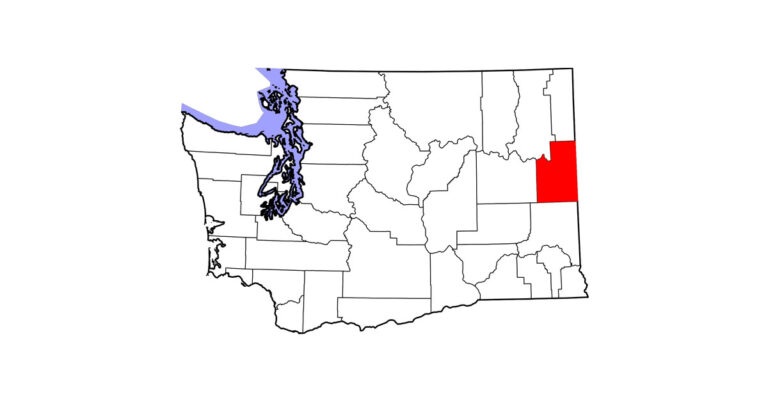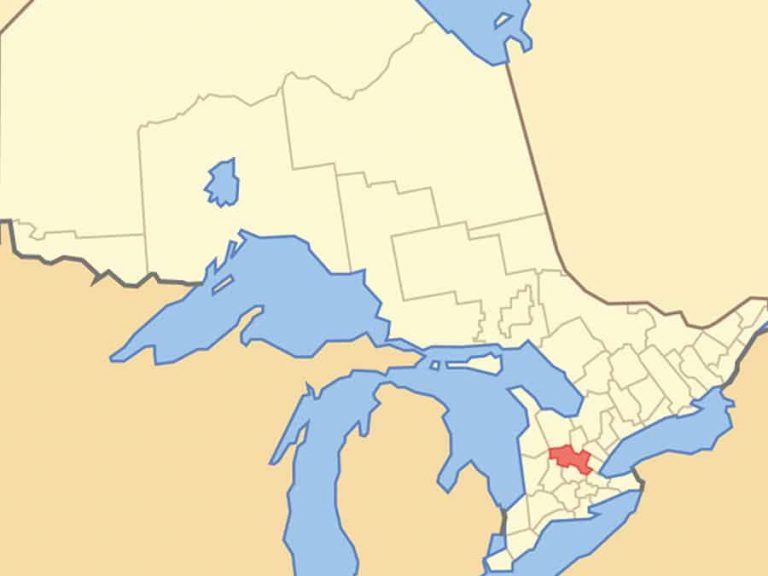QUESTION: My horse got rubs on his shoulders from his blanket last year, so I want to address the issue before I have to blanket him again. Is he getting the rubs because his blanket didn’t fit? If so, can you give me some advice on how to make sure his next blanket fits properly?
ANSWER: Poor blanket fit is certainly one of the most common causes of rubs on the shoulders as well as the withers and the backs of the hind legs. But there are several other possibilities you should rule out before investing in a new blanket.
First, the rubs could result from a skin condition that is aggravated by the blanket. If you notice hair loss or sores on other places of your horse’s body that aren’t in contact with the blanket, this is a surefire sign. Consult your veterinarian to rule out a skin condition.

Second, your horse may be sweating under his blanket, which causes more friction and irritation. This can result either from using a blanket that’s too heavy for the temperature or from blanketing too soon after exercise. Always monitor the weather carefully when your horse is blanketed, and undress him as soon as temperatures rise to a potentially uncomfortable level. Also be sure to cool him out thoroughly before putting on his blanket after a workout.
To check that his blanket fits properly, put it on (always securing the front chest closure first, then working your way back to the belly surcingles and leg straps) and evaluate these areas:
1. The edges of the front of the blanket should overlap slightly at the chest. You should not need to pull or tug the blanket against the points of the shoulders to close it.
2. The front edge of the blanket should completely cover the withers and shoulders. It should not gap around the neck or shoulders, as this allows the blanket to slip back behind the withers and potentially get stuck there, putting pressure on both the withers and shoulders.
3. Each belly strap should be snug enough that you can slide only one hand width between it and your horse’s body. This helps to prevent a hoof from becoming stuck during play or when your horse lies down.
4. The bottom edge of the blanket should hang a few inches below your horse’s elbow, but it shouldn’t hang so low that extra material bunches up between the belly surcingle and his front legs. (This is less of a problem with angled belly straps than with vertical ones.)
5. The leg straps should not hang as low as your horse’s hocks. Instead of crossing the leg straps, attach the left strap to the left side of the blanket, then loop the right strap through the left strap before attaching it to the right side of the blanket. This helps keep the blanket in place and reduces contact between the straps and legs.
6. The back edge of the blanket should reach your horse’s tail. This will provide protection from bad weather and will also ensure that it doesn’t pull the leg straps if your blanket has them forward against the sensitive skin on the backs of his hind legs.
Once you’ve evaluated the blanket fit while your horse is standing still, walk him around and observe how he moves in it. He may change his natural gait (taking mincing steps, for example) if he feels the blanket restricting his movement. You may also notice places where the blanket binds tightly against his body. Even if this is a strictly indoor blanket, it still needs to move freely enough to allow the wide range of motion his legs need for lying down and standing up again.
Most of today’s blankets have a nylon inner lining, which creates less rubs than more textured materials. If yours doesn’t, stitch a piece of nylon or felt on the inside where it touches his shoulders to reduce friction and rubs.
If your blanket seems to fit well and has a good lining, your horse may just have especially sensitive skin. To protect it, consider buying a nylon undergarment designed to minimize rubs. The slipperiness of the nylon will help the blanket slide more easily over his body. Buy one that’s neck edge lies in front of the blanket’s neck edge, thus preventing overlapping edges, which might chafe along the withers and shoulders.
If you decide to buy a new blanket, take the time to shop around and find one that fits your horse’s particular size and body type. Different brands tend to suit different horse shapes and sizes vary quite a bit from brand to brand. (I have a horse who has fit in everything from size 80 to 86.) Ask friends to let you try their blankets on your horse to get an idea of what brands work best for him.
I am a big fan of blankets with gussets, extra panels of material that allow more freedom of movement. The higher the gusset begins on the blanket, the more freedom it provides. More turnout blankets seem to have gussets than stable blankets, but the former have such light, breathable materials now that they work fine for indoor use as well.
When shopping for blankets with gussets, you will find that some are placed low and close to the shoulders, and some start higher and farther back, close to the withers. Do some experimenting to determine what works best for your horse.
Some blankets also have a new type of chest closure that wraps around the front of the horse and attaches on the sides. This seems to reduce the incidence of shoulder rubs.
If your horse does develop rubs again, try to stop them before they get out of control. Apply a heavy coat of diaper-rash ointment to the rubs. It will get all over the blanket and require extra cleaning later, but it will help save his skin while you work on solving the problem.
A former groom for several Olympians, Liv Gude is the visionary behind the Professional Equine Grooms website, which brings professional grooms of all disciplines together in a supportive, informative community. The website provides everything from grooming tips to job listings and blogs. It hosts weekly contests for the best tips, tricks and tools submitted by website guests. Liv now works full-time on www.proequinegrooms.com and enjoys her Grand Prix dressage horse, Miguel, and hunter, Comet. Both horses earn their keep by posing as models for the website.










